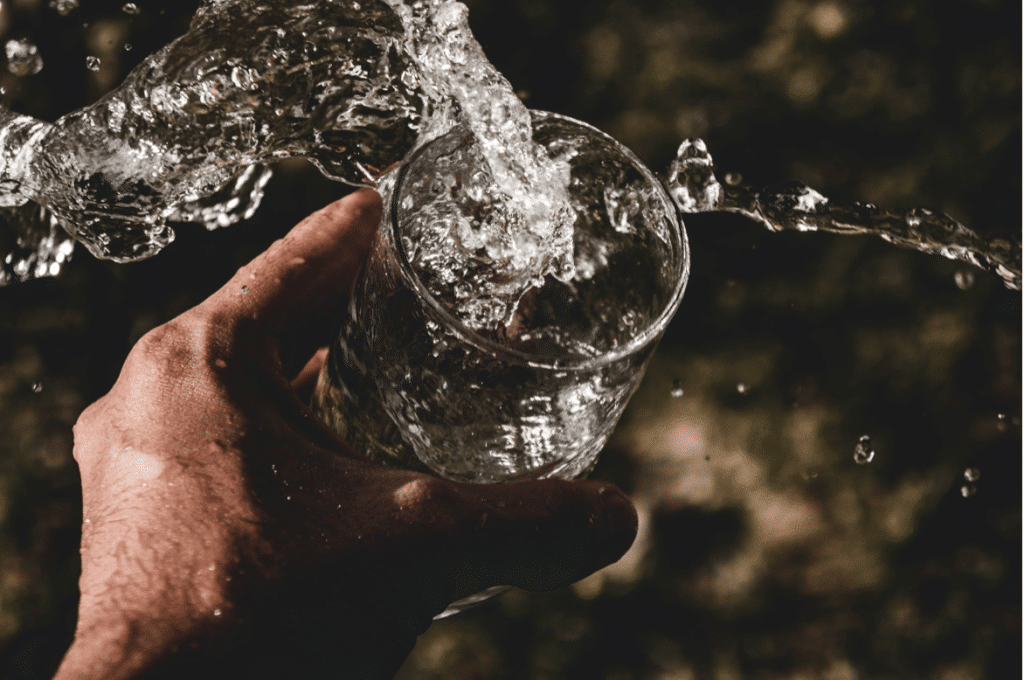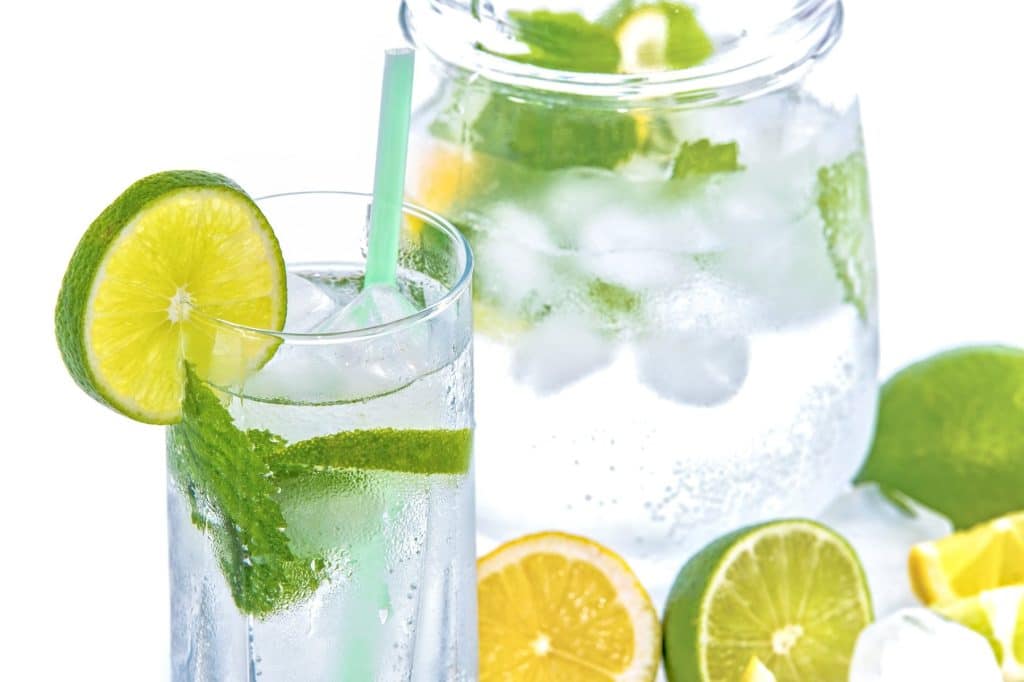Did you know that Americans have consumed an increasing amount of drugs in recent years? For most drugs, our bodies can metabolize approximately 90 percent of it, but for others, less so; therefore, a lot of the parent compound exits the body through waste or sweat. The amount of drug that our body can absorb depends on the type of drug and individual metabolism. Unfortunately, the increase in drug consumption has led to more pharmaceuticals entering our wastewater as people dispose of unwanted medications by flushing them down the toilet. Pharmaceutical compounds can also enter our waters through agricultural runoff and poorly managed manufacturing or production facilities – generally those linked to production of generic medications. Between 2004 and 2009, the US Geological Survey (USGS) discovered that treatment plants that processed waste from pharmaceutical facilities had 10 to 1000 times higher concentrations of pharmaceutical compounds than those that did not process such waste. Traces of the compounds were found up to 30 kilometers downstream from the plant.
While no modern process is capable of completely removing these pharmaceutical compounds, water treatment plants can remove approximately 95 to 98 percent of it. Although water treatment plants can remove high concentrations of pharmaceutical compounds, they do not specifically treat for them. Furthermore, the Environmental Protection Agency (EPA) does not have guidelines regarding the concentration of pharmaceuticals allowed in drinking water. As of today, there has yet to be any studies conducted to examine whether the pharmaceutical residues in our water could potentially be detrimental to our health. Afterall, it would be very difficult to determine which medication is causing harm to our bodies. Additionally, the types of medicines in the water would differ depending on what the population in the area is ingesting.
While no studies have been conducted on the human body regarding the effects of pharmaceutical residues, scientists have discovered that prolonged, low concentrations of pharmaceutical have varying effects on Zebrafish. When exposed to a concentration of drugs ranging from 0.5 to 10 micrograms per liter, adult zebrafish were discovered to be less fertile, birth embryos that had developmental problems and bodily deformations. A phenomenon occurring in rivers across the US, scientists have uncovered that male bass in the Potomac River are now producing eggs – as if they were female. The chemicals in the water are affecting key biological processes in the fishes. It is possible that, by ingesting these fishes, we humans could begin experiencing negative side effects.
In conclusion, while it may be unlikely that ingesting minimal levels of pharmaceuticals could lead to serious health effects, we lack sufficient research to say for certain whether it would or would not be detrimental to our health. Concentration of pharmaceutical residue could be reduced through natural processes such as absorption onto sediment, solar photodegradation, and biological degradation. Furthermore, modern public water systems closely monitor our drinking water for any harmful substances. It is well known that chlorine, a common disinfectant used in municipal water systems, has some effect on removing compounds such as acetaminophen, codeine, and certain antibiotics. Due to the fluctuating concentration of chemical residue in our wastewater, compounds are not only difficult to test, but also impossible to treat in a one-size-fits-all manner. The best way to protect yourself and our environment is to properly dispose of your medication!
Perhaps the best way to protect you and your family from exposure to unwanted pharmaceuticals is to have a Kinetico K5 reverse osmosis drinking water system in your home. As our Kinetico reverse osmosis system removes 99.999% of contaminants in your water – more than any other residential system on the market, you and your family can now enjoy up to 40 gallons of the best-tasting, highest-quality drinking water available. If you are interested in learning more about our Kinetico solutions, sign up for a FREE onsite water consultation NOW.
Sources cited:
American Rivers, “Pharmaceuticals in the water supply,” https://americanrivers.org/threats-solutions/clean-water/pharmaceuticals-personal-care/
World Health Organization, “Water sanitization hygiene,” https://www.who.int/water_sanitation_health/diseases-risks/risks/info_sheet_pharmaceuticals/en/
Trevor English, “Our water is contaminated with dangerous concentrations of pharmaceuticals,” 2020, https://interestingengineering.com/our-water-is-contaminated-with-dangerous-concentrations-of-pharmaceuticals
Leigh Boerner, “The complicated question of drugs in the water,” 2014, https://www.pbs.org/wgbh/nova/article/pharmaceuticals-in-the-water/

America’s Lead Crisis Did Not End with Flint
Since the Flint Water Crisis, many other cities have been deemed “the next Flint” when, in fact, no city in the United States should experience unsafe drinking water. While Congress…
Continue Reading

